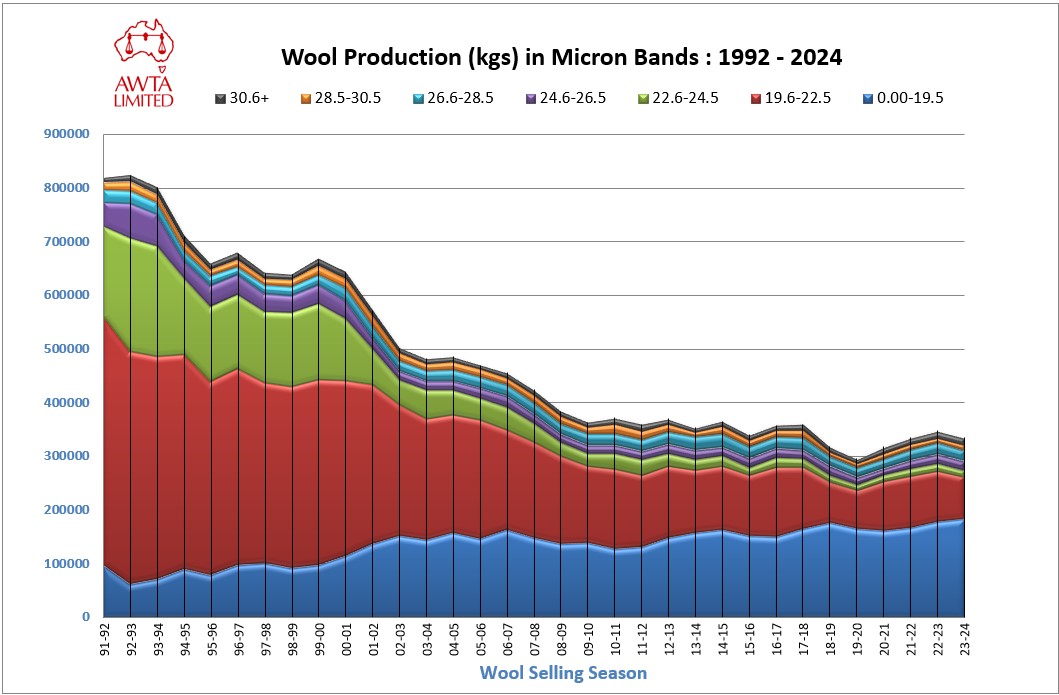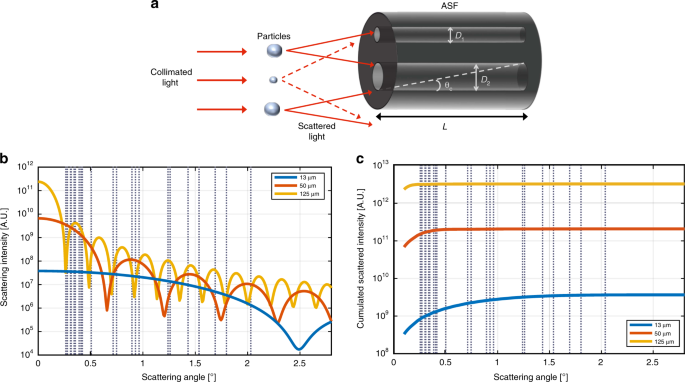Specifications to Look for in an Optical Fibre Diameter Analyser Device
Specifications to Look for in an Optical Fibre Diameter Analyser Device
Blog Article
Optimize Your Fibre Optic Performance: Recognizing Optical Fiber Diameter Analyser Innovation
The efficiency of fibre optic systems is seriously influenced by the accuracy of their size, a factor often ignored in the quest of optimal signal integrity. Understanding the modern technology behind optical fiber diameter analysers reveals the detailed balance in between dimension accuracy and production quality.
Relevance of Optical Fibre Diameter
The diameter of optical fibre plays an important role in determining the performance and efficiency of communication systems. It affects numerous essential specifications, including the setting of light propagation, depletion, and data transfer ability. Larger sizes normally allow for multiple light modes, helping with higher information transmission prices. Alternatively, smaller sized sizes have a tendency to support fewer modes, which can boost signal clarity and minimize crosstalk.

Additionally, comprehending the diameter's implications can lead to set you back financial savings by lowering the requirement for signal boosting and repeaters in comprehensive networks (optical fibre diameter analyser). In conclusion, the relevance of optical fiber diameter can not be overstated, as it directly affects the total performance and dependability of modern-day communication systems

How Size Affects Signal Quality
Signal high quality in optical fibre systems hinges significantly on the size of the fiber. The diameter affects a number of key criteria, consisting of depletion, bandwidth, and modal diffusion. A smaller size can lead to higher depletion rates, resulting in signal loss as light trips with the fiber. This attenuation can endanger the integrity of the transmitted information, causing a decline in signal quality, particularly over long distances.
Alternatively, larger sizes normally enable improved light capture and lowered modal dispersion, boosting signal clarity. In multimode fibers, a larger core diameter can sustain multiple light settings, however it might also present intermodal dispersion, which can degrade signal top quality. Choosing the ideal fiber diameter is crucial for accomplishing the preferred efficiency in specific applications.
In addition, the communication in between the fibre size and the wavelength of the light utilized plays a vital role in determining the efficient transmission distance and overall signal honesty. Understanding just how fibre size affects signal top quality is vital for network designers and designers striving to maximize optical fiber systems for trusted, high-speed information transmission.
Summary of Diameter Analyser Innovation
In many optical fiber manufacturing procedures, accurate dimension of fibre size is vital for guaranteeing regular efficiency and top quality (optical fibre diameter analyser). Diameter analysers are innovative instruments created to examine the physical measurements of optical fibers with high precision. They utilize sophisticated optical and laser modern technologies to gauge the size, ovality, and concentricity of the fibre, hence supplying critical data for quality assurance
These analysers can run in-line during the production process or as component of off-line testing procedures. In-line systems make it possible for real-time surveillance, allowing suppliers to change criteria instantly, consequently keeping optimal manufacturing problems. Off-line analysers, on the other hand, provide detailed examinations of sets, making certain that any kind of inconsistencies from defined tolerances are determined and addressed.
Diameter analysers dramatically add to the decrease of issues in optical fibres, boosting general item Click This Link reliability. By constantly measuring vital parameters, these innovations help with conformity with market standards and specs. As the demand for high-performance optical fibres remains to increase, the role of size analysers becomes progressively vital in achieving the preferred quality and efficiency standards in fibre optic systems.
Trick Features of Fibre Diameter Analysers
Although numerous models of fiber diameter analysers exist, they typically share a number of vital features that boost their performance and reliability. One of the most considerable attributes is high-resolution measurement abilities, which ensure exact diameter readings, essential for keeping quality assurance in fiber production. Additionally, lots of analysers incorporate sophisticated optical sensing units designed to detect minute variants in fibre diameter, thus offering indispensable information for procedure optimization.
One more vital feature is real-time tracking, permitting operators to receive immediate feedback on fibre diameter throughout the production process (optical fibre diameter analyser). This ability assists in quick adjustments and minimizes the probability of flaws. Several analysers also come outfitted with straightforward interfaces, making it possible for drivers to easily browse via settings and information outcomes
Moreover, durable data storage and evaluation functionalities are necessary for tracking historic performance trends and making sure compliance with sector requirements. These attributes collectively contribute to the efficacy of fiber size analysers in Check Out Your URL maximizing fiber optic performance.
Best Practices for Fibre Optimization

First, normal calibration of optical fibre size analysers is crucial. This guarantees accurate dimensions and decreases potential disparities that might affect efficiency. Next off, preserving a clean workplace is vital; dust and contaminants can cause indicate destruction.
Furthermore, it is necessary to select fibres that meet details application needs. This includes assessing factors such as depletion, data transfer, and ecological conditions. Appropriate setup methods must likewise be stuck to, consisting of preventing sharp bends and excessive stress, which can endanger fiber honesty.
Moreover, using sophisticated surveillance systems can assist in real-time performance assessments, making it possible for prompt recognition of issues. Regular testing and upkeep should be performed to make certain that fibers continue to be within optimum operational specifications.
Finally, training personnel on the latest fiber optimization modern technologies and techniques will certainly improve their capability to carry out effective approaches. By complying with these best practices, companies can considerably boost the efficiency and life expectancy of their optical fiber systems, making sure effective communication and information transfer.
Verdict
In conclusion, the combination of optical fiber diameter analyser innovation is crucial for optimizing fiber optic performance. By making certain accurate dimensions of fiber measurements, these analysers significantly improve signal top quality and decrease losses throughout information transmission.
Signal top quality in optical fibre systems pivots dramatically on the size of the fibre.In several optical fibre manufacturing procedures, exact dimension of fibre size is essential for making sure consistent efficiency and high quality. As the need for high-performance optical fibres proceeds to increase, the duty of diameter analysers comes to be increasingly important in achieving the desired quality and efficiency criteria in fibre optic systems.
These functions jointly contribute to the efficiency of fibre diameter link analysers in maximizing fibre optic efficiency.
In verdict, the assimilation of optical fibre size analyser modern technology is important for optimizing fiber optic performance.
Report this page